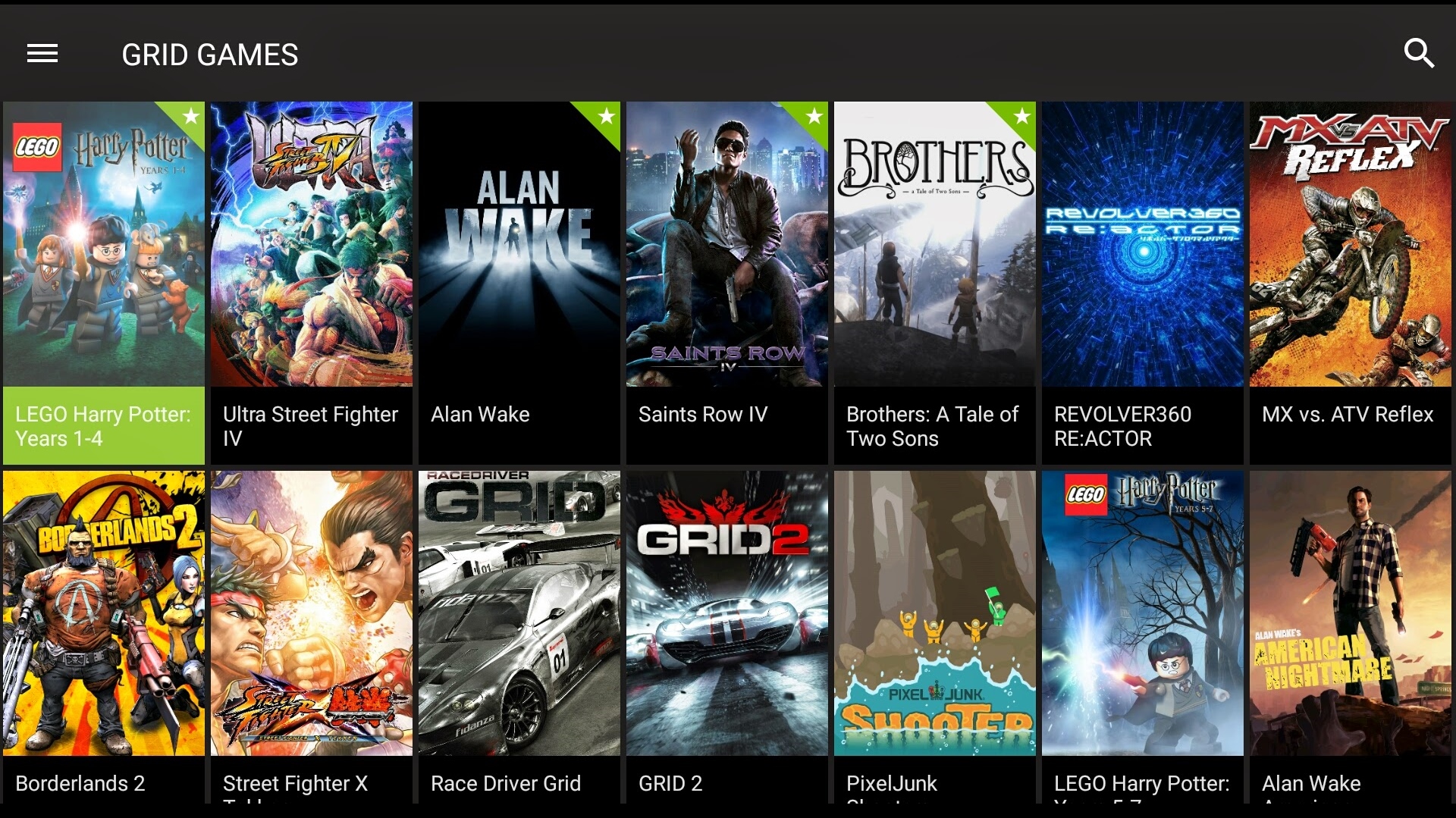Why you can trust TechRadar
Getting everything right while using Nvidia Grid means you will be treated to 720p gameplay without ever downloading a game or paying the sticker price ever again.
What's even more impressive is that Grid actually plays nicely with both the Shield Tablet and Shield Portable's battery. While many Android apps completely suck the life out of the battery, I was able to game uninterrupted for about 3 hours and 30 minutes without needing to plug in.
We liked
Game streaming still feels like it's in its infancy, but Nvidia and Sony have shown that this is one viable route for the future of the medium. It's obviously innovative, too, especially when combined with the potential Netflix-style pricing model.
Grid feels more well-rounded than game streaming services of the past, due in part to the caliber of titles it brings to the table. As long as Nvidia remains committed to bringing more recent and popular titles to the table, there's little reason gamers should feel hesitant about going all-in with the service. And while streaming itself can feel a bit haphazard, it is possible to get a console-like experience, if you have the right equipment.
We disliked
That said, hosting a consistent stream isn't Grid's strong suit. It's easy to overlook a hiccup here and there, but the constant latency issues took a serious toll on my patience.
A standard Ethernet port would've gone a long way to alleviate some of the headaches caused by the inconsistent Wi-Fi signal. And even though the tablet looked fairly sharp in console mode, it's still not on par with later Xbox 360 or PS3 games.
Final verdict
Grid is best evaluated in two ways: what it is today, and what it could be in the future. Today, it's the best feature to come to the Shield. Considering the tablet just got Android 5.0 Lollipop, that's saying something. Shield owners are getting 40 free games for absolutely no cost and a handful of great games to buy, with even more content en route in the coming months.
That said, the system today isn't perfect. As you might expect, connections over Wi-Fi - especially without the right equipment - can be finicky. And real talk: playing games on Grid simply isn't on par with playing on your PC directly, both graphically and in terms of responsiveness. But that's just how the service works one year into its existence.
What's more exciting is the future of the platform.
Imagine if Grid came to every desktop or laptop running an Nvidia graphics card. It'd be more robust than OnLive or PlayStation Now and backed by a company deeply entrenched in the industry. Interestingly, when asked about that possibility, the developers haven't ruled it out. The Shield products, they say, are a testbed for the platform.
Calling game streaming the next GPU is hyperbolic, I'll admit. But if, in 20 years, we're all using cloud gaming services to play Call of Duty: Advanced Warfare 7 or Assassin's Creed: Shogun, we'll be able to look back and point to where it all started.
Nick Pino is Managing Editor, TV and AV for TechRadar's sister site, Tom's Guide. Previously, he was the Senior Editor of Home Entertainment at TechRadar, covering TVs, headphones, speakers, video games, VR and streaming devices. He's also written for GamesRadar+, Official Xbox Magazine, PC Gamer and other outlets over the last decade, and he has a degree in computer science he's not using if anyone wants it.
What is a hands on review?
Hands on reviews' are a journalist's first impressions of a piece of kit based on spending some time with it. It may be just a few moments, or a few hours. The important thing is we have been able to play with it ourselves and can give you some sense of what it's like to use, even if it's only an embryonic view. For more information, see TechRadar's Reviews Guarantee.

